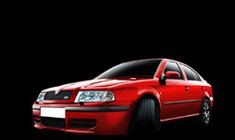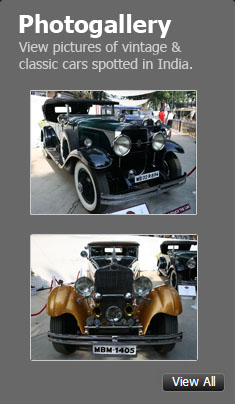News
Analysis: Luxury car sales in India over the years
Thanks to BHPian Volkman10 and Autopunditz for sharing this data with other enthusiasts!
Unlike the domination by a single manufacturer in the mass market segment, Mercedes-Benz, BMW and Audi have taken the top spot in terms of sales in the luxury car segment in the last 11 years. Audi has held the top position for 2 years, BMW has done it 4 times and Mercedes 5 times over this period.
Till 2004, Mercedes was the only brand present in India. It had set up a factory in Pune in the early 1990s. Porsche, Rolls Royce and Bentley arrived in India in 2005. BMW and Lamborghini entered India by 2006 followed by Audi and Volvo in 2007. In 2008, Tata acquired British brands Jaguar and Land Rover (JLR) and their Indian operations began in 2009. Bugatti launched its Veyron hyper car in 2010. Ferrari and Maserati launched in 2011 along with Aston Martin. BMW introduced its brand Mini in 2012. The latest entrant to the Indian market was Lexus in 2017.
The annual sales over the years have increased to almost 39,000 units in 2017 from 4,228 in 2007. Except for a small fall in the yearly numbers in 2016, there has been overall year-on-year (YoY) growth in all other years with the biggest being 81% in 2008, 82% in 2010 and 53% in 2011. The German trio account for the majority of sales in this segment while, newer entrants like JLR and Volvo currently have a market share of 10% and 5% respectively.
Volvo is the only brand that has shown YoY growth over the past 5 years. The aggressive pricing might be the reason. Meanwhile, except for a 2% fall in 2016, Mercedes too has shown good growth in the same period. BMW had a slow period in 2012-2015. Although, for the last couple of years it had a double-digit growth, while Audi had the biggest fall in 2016 numbers. JLR numbers were down in 2014 and 2016, but otherwise the company has had a good growth. The most YoY gains in 2017 were reported by JLR.
In terms of numbers, the luxury car segment has had a low 1.0-1.3% market share over the years, but amounts to 8-9% in terms of revenue and 11-13% in terms of indirect tax paid. The luxury segment has matched or bettered the mass market segment in terms of growth in the aforementioned parameters.









_5.jpg)


_6.jpg)






